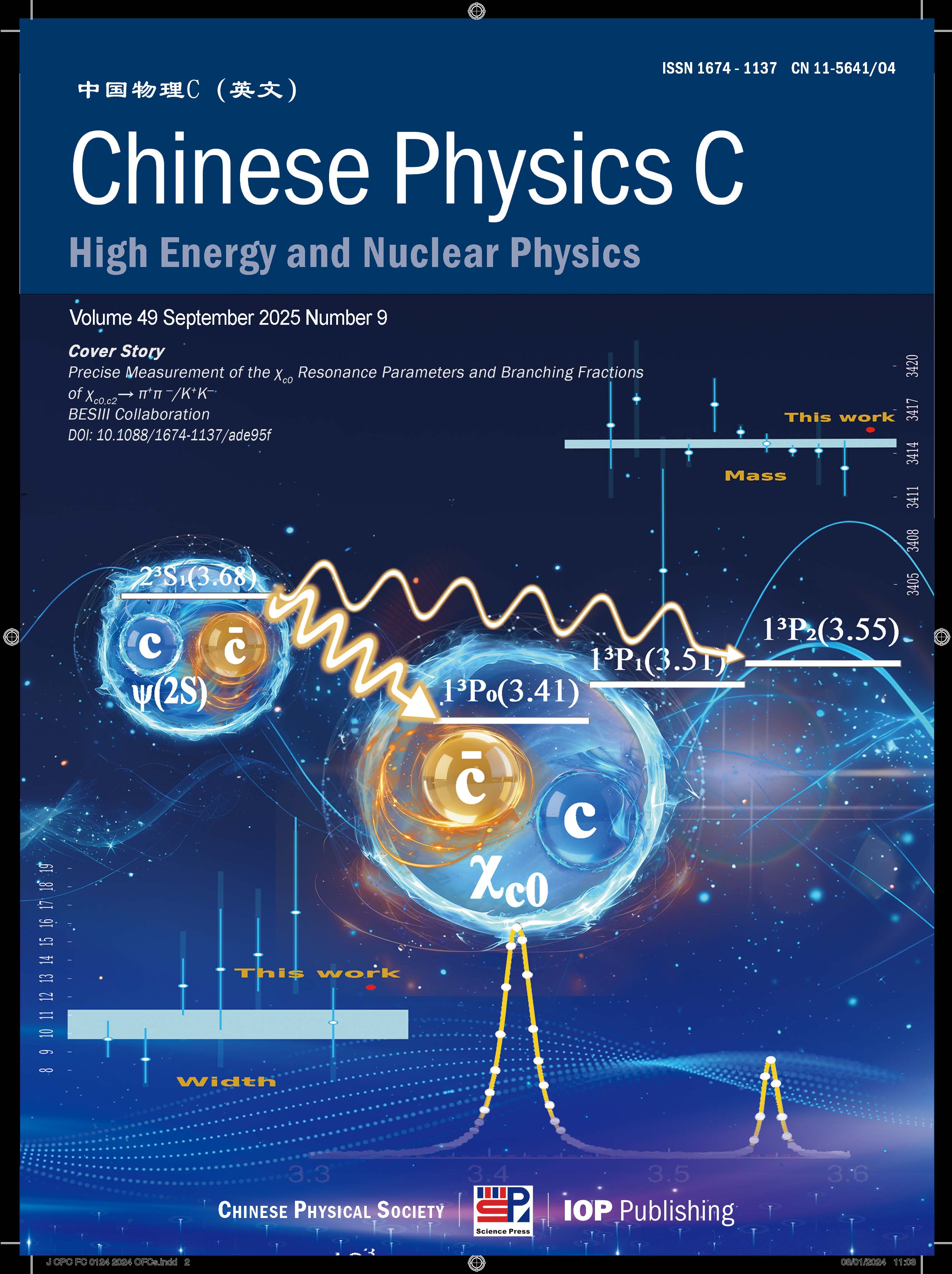Cover Story (Issue 8, 2024) | Applyingdeep learning technique to chiral magnetic wave search
Author: Prof. Huan Zhong Huang (University of California, Los Angeles)
It is well known that in stronginteraction the parity symmetry (left-right mirror symmetry) is conserved.However, Quantum Chromo Dynamics (QCD), the fundamental quantumfield theory of strong interaction, permits in its Lagrange terms which, while conservingparity on average, allow for local violations of parity. It has been proposedthat heavy ion collisions offer a unique opportunity to detect theseparity-violating fluctuations in strong interaction. In these collisions, heavynuclei like gold and lead are colliding with each other at a speed near thespeed of the light, creating drops of quark-gluon plasma (QGP). In QGP topological domains of unbalanced quark chirality (unequal number ofleft-handed and right-handed quarks) may be created due to collective gluonexcitations. In addition, a strong magnetic field as large as 1018 Gauss may be generated at the collision volume from protons in the collidingbeams. The coupling of the chirality imbalanced quarks and the magnetic fieldwould yield a Chiral Magnetic Effect (CME) leading to a charge separation ofthe final state charged particles along the direction of the magnetic field.The CME creating a dipole moment which explicitly violates the parity symmetry.The time dependence of the CME could also lead to a Chiral Magnetic Wave (CMW).The CMW could induce a charge quadrupole distribution and result in differencesin elliptic flows of positively and negatively charged pions. Experimentalsearches for these quark chirality effects have been a major scientificobjective for heavy ion research programs at RHIC and LHC.
The experimental searches for the quarkchirality effects of CME and CMW proved to be extremely challenging due tobackground contributions.
In their work [1], Zhao and Huangproposed using neural networks to search for CMW signal independent of specificobservables used previously in the experiments. They demonstrated that aftertraining on simulated data containing CMW-like features, the neural network canreliably identify CMW events. They also assessed the robustness of the neuralnetwork approach using simulation data of different beam energies, types ofcolliding nuclei, and collision centralities. Zhao and Huang suggested a novelapproach to experimentally search for the CMW. Similar approaches could beextended to search for other chiral effects such as chiral vortical effects andchiral vortical waves.
[1] Y. S. Zhao and X. G. Huang, Chinese Physics C 48, 084103 (2024), arXiv: 2407.00926 [nucl-th].













